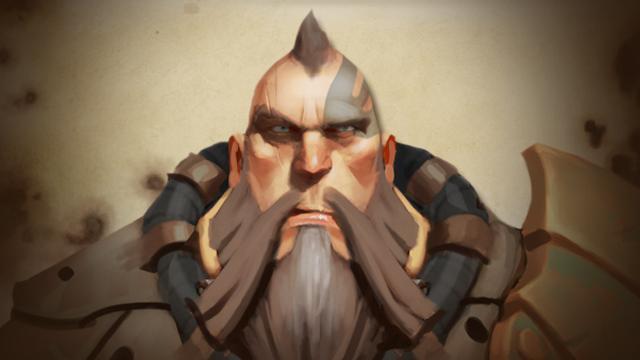Riot Games has disabled the champion Gangplank, leading to controversy among the League of Legends community. Why did they do it? For the sake of story, it turns out.
According to George Krstic, Seb Rhee (owner of ChampUp) came up with the idea. After Gangplank was “killed” by Miss Fortune at the Bilgewater, Rhee suggested “turning off” the champion to keep the gameplay consistent with the narrative.
“But it wasn’t that easy, Krstic said, “we basically scared everyone at Riot.”
No kidding.
Champion updates and changes occur all the time, but Riot disabled one to add more “umph” to an optional story that had nothing to do with a game-breaking bug. This reason isn’t good enough for players who were disappointed over Gangplank’s disabled state.
The Bilgewater event
“The story tells a complete arc, that introduces a new status quo rife with new opportunities. The main characters, TF and Graves, their story is basically complete at this point, at least as far as Bilgewater is concerned. But for MF and Gangplank, for those two, and for the city, the battle for Bilgewater is hardly over.”
–Scott Hawkes, Riot Games
Riot Games has many events that temporarily change the game mode options to give players more variety (and thus more reason to keep logging on). On April Fools, players had a blast with Ultra Rapid Fire (U.R.F.) mode. Other times they’ve had a blast in One For All mode. Most recently, players were invited to participate in the now-controversial Bilgewater event. In the Bilgewater: Burning Tides event that ends August 10th, Riot has intertwined gameplay with lore.
The new game mode, Black Market Brawlers, didn’t just change game mechanics like health and mana rejuvenation, but introduced brand new items, the ability to upgrade and customize minions, and a near-complete re-haul of aesthetics. The game mode is a compliment to the lore update of certain champions, serving as an advanced interactive narrative. But Riot Games didn’t just give people the option to mix up their gameplay – it took away the playability of a champion across all modes entirely.
For more insight on the Bilgewater event, continue reading here.
The reasons behind the Gangplank changes
First there was outrage and conspiracy theories on the part of fans, then there was quiet acceptance and relief across the League of Legends community when Gangplank “rose” from the dead and was playable again.
Many people thought disabling a champion was pointless, and they may be right. Surely Riot knew this, Or perhaps they thought fans would be wowed enough to not care? Some of the Riot team members had a roundtable to discuss the Gangplank decision and why it was made. Here’s the Skinny from the roundtable.
1. Gangplank recieved the “biggest update since Sion” because in-game Gangplank didn’t match the lore.
Developers thought the champion was too over-the-top (A.K.A the living embodiment of a stereotypical pirate in children’s books) when his story paints him as a cruel mastermind.
2. Developers were considering player feedback that complained about nothing ever changing.
This is a years-old problem; champion introductions include backstory and in-game dialogue exchanges if they are on enemy teams, but that’s usually it. Periodically, older champions receive visual upgrades and ability changes to keep them current, but rarely do any alliances or rivalries change. Fans had been asking for more dynamic lore, and Riot tried to answer the call.
3. They didn’t want to change Gangplank too much, but to compliment the emotional update, they added a physical change so that players can see it.
Riot removed Gangplank’s arm to show the ramifications of Miss Fortune’s actions when she blew up his boat and took over Bilgewater. But, because the developers didn’t want to change the essence of who he was, there were many debates over things like removing his pirate’s hat, and no debates on keeping his laugh and orange ability. To compliment the lore change, they replaced his poison sword with a fire one, since it’s far more menacing to burn traitors’ bones for fun.
In a game with 126 characters and counting, Gangplank had an average pick rate of 6% across all game modes (minus Howling Abyss, which picks characters at random) before the events of Bilgewater gave him traction. This means that for most League of Legends players, they hardly missed him in their games anyway.
Is Riot justified in a decision that admittedly had little impact on the majority, or is it the principle of it that matters?
Do you think “killing off” Gangplank really made a bang? When he was re-enabled, his play rate jumped to a whopping 50% on the first day. Speculation says yes, but reality says that players know if they play a game with him, you get a free skin.
To read the story and make your own judgement, head over to Bilgewater. Or let us know what you think in the comments below!







Published: Aug 8, 2015 07:42 am